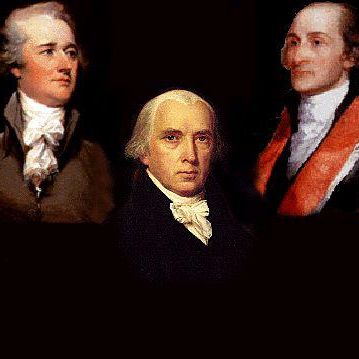



In an exciting turn of events, old satellite images from the Cold War era have unveiled close to 400 previously unknown Roman forts in Iraq and Syria.
These images, taken in the 1960s and 1970s, are changing the way we think about the history of the region.
Back in 1934, French explorer Antoine Poidebard flew over the area and spotted 116 Roman forts.
Until now, people believed these forts were built to defend the Roman Empire from threats coming from Arabia and Persia.
But the new images tell a different story. Instead of just being defensive walls, these forts seem to have been placed along important east-west trade routes.
This suggests that they were vital points in a network used for trade and communication, serving both military and business needs.
Prof. Jesse Casana, who led the research, said, “Since the 1930s, historians and archeologists have discussed why these fortifications were built.
But not many have doubted Poidebard’s idea that these forts marked the eastern edge of the Roman Empire.”
Interestingly, these revealing images were not meant for studying ancient history.
They were part of the first-ever spy satellite program. This program was started during the Cold War, a time when the US and the Soviet Union were at odds.
These photos, which show how the landscape looked before recent changes, were kept secret until recently.
RELATED: Archaeologist Claims He’s Found Ancient Biblical City Of Sodom, ‘Wiped Out In The Blink Of An Eye’
Speaking about the importance of these images, Casana stated that they provide a clear view of a land that has changed a lot due to modern activities.
He emphasized the importance of using such images for archaeological work, especially before important sites are lost or damaged.
Sadly, many ancient sites have already disappeared. From the 116 forts that Poidebard identified, researchers can now see only 38.
Casana said, “Many of the Roman forts we found in this study have been wiped out by recent construction or farming. And many others are at risk.”
However, there’s a silver lining. As more old data and images are made public, there’s a chance for more discoveries.
Casana expressed hope, saying, “Studying these valuable data can lead to more finds in the Middle East and other places.”
RELATED: 3,000-Mile-Wide ‘Lost Continent’ Discovered on Ocean Floor and Within Isolated Islands

